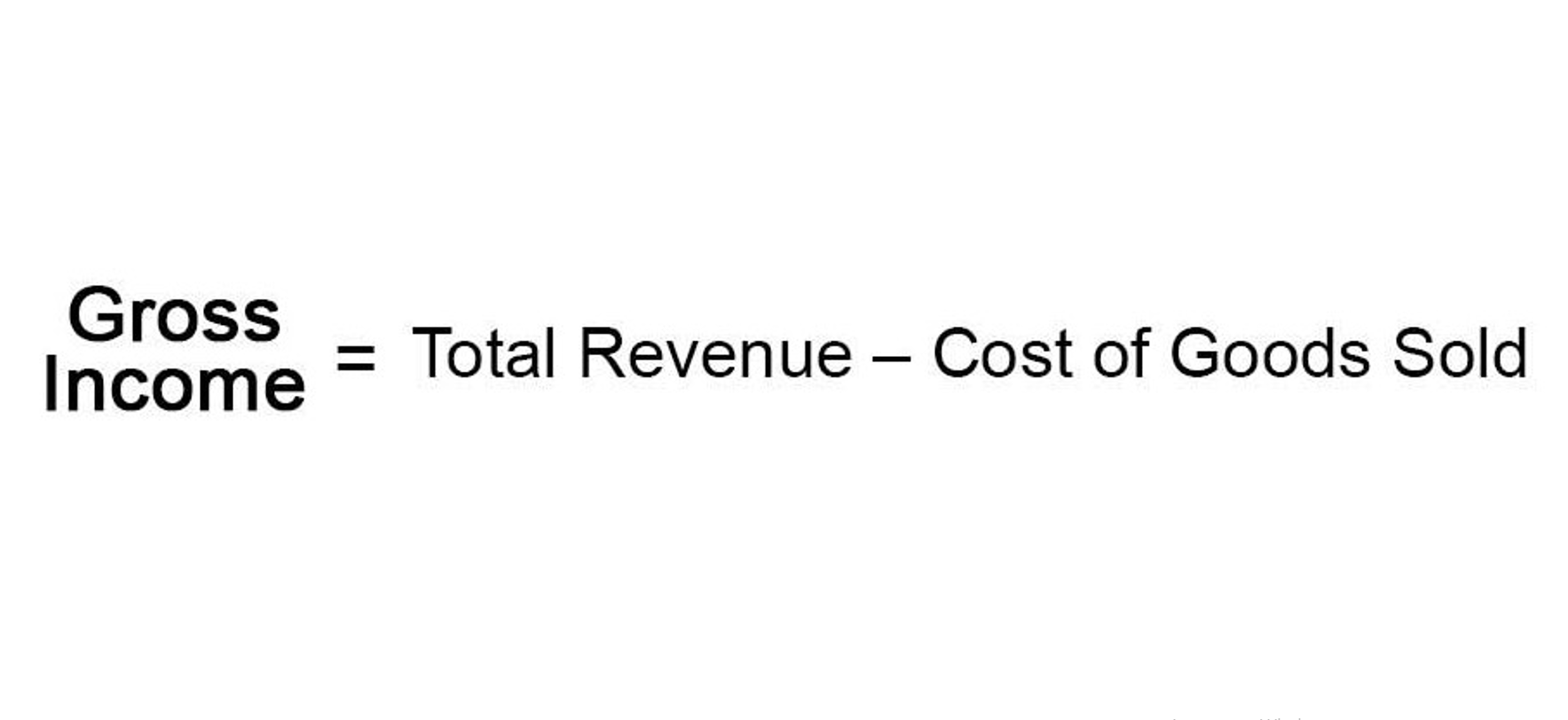
Depending on the project’s size, construction work-in-progress accounts can be some of the largest fixed asset accounts in a business’s books. When the construction under progress is recorded proportionally in every accounting period, it maintains the financial position’s transparency. The fixed assets like building space, warehouse, plant manufacturing, etc., can take years.
Accounting for Construction-in-Progress Charges

With various teams working on different projects, ensuring that everyone is on the same page can be challenging. Implementing a centralized communication platform, such as Slack or Microsoft Teams, can facilitate better coordination and information sharing. Regular meetings and updates are essential to keep all stakeholders informed about project progress, potential issues, and resource needs. This collaborative approach helps in identifying and addressing problems early, thereby reducing the risk of delays and cost overruns. Optimize your construction project's financial health with effective CIP accounting strategies and insights for modern multi-project environments. In cost to cost method, all the cost incurred to the date is divided by the project’s total expected cost.
What Other Types of Contra Accounts Are Recorded on the Balance Sheet?
- Using these accounts allows companies to separate project costs from everyday business expenses, minimizing mixups and making financial statements accurate and reliable.
- Since costs are capitalized during the construction phase, they are not immediately expensed, which can result in higher reported profits in the short term.
- Hiring an experienced accounting team is the best way to ensure that your company maintains accurate, detailed, and up-to-date accounting books through every step of the construction process.
- We aim to simplify the concept of CIP and present it in a user-friendly manner, providing practical examples and real-world scenarios to better illustrate its application.
- Here is an example to help you visualize what construction-in-progress may look like in your accounting books.
- Accounting for construction in progress when it is for an asset to be sold is slightly more complicated.
- Submit your email, and our team will reach out to discuss how we can help with tailored financial solutions.
Because construction projects necessitate a wide range of prices, CIP accounts keep construction assets separate from the rest of a company’s balance sheet until the project is complete. Accurate tracking of Construction-in-Progress (CIP) costs is fundamental to maintaining financial integrity and ensuring project success. One effective method for tracking these costs is through the use of specialized construction accounting software. Tools like Procore, Sage 300 Construction and Real Estate, and Viewpoint Vista offer robust features tailored to the unique needs of construction projects.

Why is Construction-in-Progress (CIP) Accounting Mandatory?
- Organizations use these CIP accounts when constructing a new facility, expanding an existing one, or building new machinery or equipment.
- We offer dynamic checkboxes on our pricing page to help you estimate costs based on the services you require.
- Among them, learning how to record construction in progress accounting stands out.
- Ideally, you will have billed out about 25 percent of the contracted amount at this point.
- Construction in progress accounting is one of the essential categories for construction firms to track.
- A construction company might come to your mind by reading the phrase “Construction In Progress.” Indeed, construction in progress accounting is mostly used by construction firms.
These platforms provide real-time data, enabling project managers to monitor expenditures closely and make timely adjustments as needed. The accounting for construction in progress for such businesses is a little bit complicated. This includes expenses that occur after construction is completed, but the asset isn’t put in service yet. Capitalizing assets in progress also helps in assessing the Food Truck Accounting financial feasibility of a project. This information is crucial for management to make informed decisions about resource allocation and project continuation.

CIP plays a crucial role in project management by providing real-time data on costs and progress. Project managers can use CIP information to evaluate project performance, identify potential cost overruns, and make adjustments to stay on track. When construction on the project completes, and the asset is placed in service, the CIP account is shifted to related fixed-asset accounts. Construction-in-progress accounting is used to track the progress of projects still in construction. It's one of the most important categories in construction management and is critical to bookkeeping a firm's success.
- Once a construction project is finished, the costs in the CIP account move to a fixed asset account.
- CIP accounting and Work in Progress (WIP) accounting are often used interchangeably, but they have different meanings.
- Instead, companies typically follow GAAP principles to recognize and report construction-related costs.
- If the business is building assets under contract to sell, they are inventory assets.
- It can be a selling contract of building a ship, airplane, building, or other fixed assets.
- One thing to understand is that only capital costs related to an asset under construction are to be kept in the CIP account.
What is IAS 11 Construction Contract?
- Our knowledgeable team has decades of experience managing construction company accounts, and you can feel confident that we will navigate your company’s specific situation with care and expertise.
- However, it is important to consider the potential drawbacks of capitalizing assets in progress.
- Construction in progress, or most commonly known as CIP, is a fixed asset account with a natural debit balance.
- This accounting account tracks and gauges expenses concerning fixed assets being constructed or put together during the building stage.
- If it shows up as a subaccount of inventory assets, it is to be sold and labeled as in in process.
- Managing Construction-in-Progress (CIP) in a multi-project environment introduces additional layers of complexity that require sophisticated strategies and tools.
This account is only used while an asset is being constructed, after which the total cost is shifted to another fixed asset account. This account typically contains the costs of labor, materials, and overhead incurred during a construction project. CIP represents the portion of a project’s costs that is still in progress and has not yet been completed or cip accounting meaning put into service. It includes direct costs, such as materials and labor, as well as indirect costs, such as permits, licenses, and supervision fees.
